
Why Study Shadows When We Have the Son?
Why study shadows when we have the Son? That’s a question I’m often asked when I’m trying to promote more reading of the Old Testament. The question is usually focused specifically upon typology. Why study the types when we have the anti-type? It’s a valid question and if there is no satisfactory answer then the Old Testament, or large parts of it, are going to continue to gather dust. But I believe there is a satisfactory answer, six answers in fact.
More Than We Realize
First, we use the types more than we realize. It’s virtually impossible to understand the New Testament without the Old Testament background. Even something as central as the cross makes virtually no sense without knowing something of the Old Testament sacrifices. Old Testament knowledge is often at the back of our minds when we are studying the atonement, but it’s there and influencing us far more than we think.
More Than The Antitype
In general, the antitype is fuller and clearer than the type. However, there can be aspects of the Old Testament type that give us more detail than the antitype. For example, nowhere in the New Testament do we have such a full explanation of all the steps of sacrificing an animal as we do in the five basic sacrificial ceremonies of Leviticus 1-5. Also, when we want to find out what “ransom” means in Mark 10:45, again we find so much more detail in Ruth or Exodus 30. I remember fishing in the Scottish Highlands, when I would walk to a distant river during the afternoon, enjoying the beauty as I went. However as dusk began to fall, and the distant mountains began to somehow loom ever closer and larger in the lengthening shadows, I saw more grandeur and beauty in them than in the bright afternoon sun.
More From Pictures
We often underestimate the power of pictures, especially in Western culture. We have been trained to view the systematic organized presentation of truth as a superior way of teaching and learning. However, that’s not how children learn best, it’s not how certain cultures learn best, and it’s not how many adults in the West learn best either. In fact, the vast majority of people are better visual learners- they remember pictures and stories better than philosophical arguments and structured outlines. By turning our backs on the types, we are turning our backs on one of the best teaching tools available.
More In The Bible
The all-wise God decided to teach most of His revealed truth through stories, events, and objects that He packed with symbolic meaning. Assuming that He knows better than we do, we should jettison our personal preferences and adjust the balance of our teaching and preaching accordingly.
More Like Jesus
Jesus used Old Testament types to explain His person and work. He described Himself as the greater than Solomon, the ransom for many, the Servant, the Temple, the true Israel, the new Exodus, and so on. If it was good enough for Him…
More Blessing
This is more of a subjective reason, but I’ve often found that God especially blesses teaching and preaching on neglected parts of His Word. When we make the effort to open these dusty pages, and honor frequently dishonored or simply forgotten books and chapters of the Bible, God is especially glorified by faith and hard work that is involved in studying and communicating these Scriptures, and especially blesses the preacher or teacher who does it and the church that receives it.
Related Resources
Vern S. Poythress The Shadow of Christ in the Law of Moses
O. Palmer Robertson The Christ of the Prophets
Edmund Clowney Unfolding Mystery
Jonathan Edwards Typological Writings
Partick Fairbairn Typology of Scripture
Geerhardus Vos The Teaching of the Epistle to the Hebrews

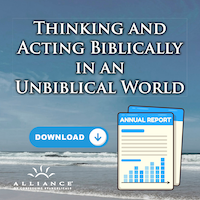
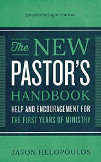
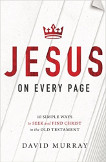
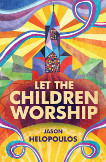
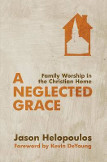













 © Alliance of Confessing Evangelicals
© Alliance of Confessing Evangelicals


